Stone exteriors offer timeless beauty, durability, and a striking aesthetic that can transform any home into a statement piece. From rustic countryside cottages to sleek modern facades, stone cladding adapts to diverse architectural styles and climates, providing enhanced insulation and weather protection. Natural stone types such as limestone, sandstone, granite, and quartzite each bring unique textures and colors, allowing homeowners to tailor their exteriors to personal taste and regional context. Stone veneer options have expanded the possibilities for budget-conscious remodels, delivering the look of solid quarried stone with lighter weight and easier installation. By integrating stone with materials like wood, metal, and glass, designers achieve striking contrasts and cohesive indoor-outdoor flows, elevating curb appeal and long-term value.
1. Classic Rustic Stone Facade
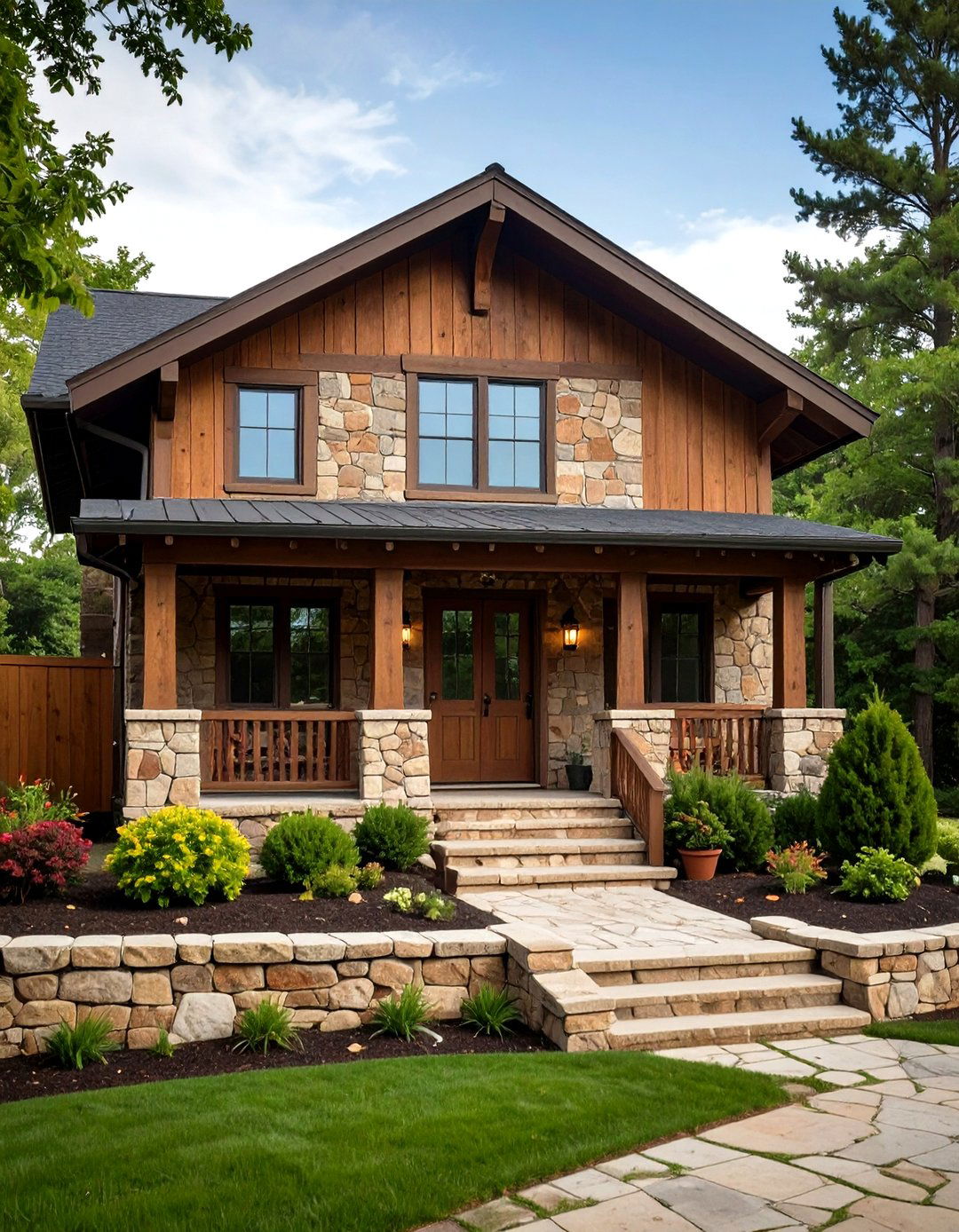
A classic rustic stone facade uses irregularly shaped, rough-hewn stones to evoke the charm of traditional countryside homes. Typically installed over the entire front elevation, this look emphasizes texture and organic variation in color. The combination of deep mortar joints and varied stone sizes creates a handcrafted appearance reminiscent of historical farmhouses. Earthy tones—such as beiges, browns, and grays—help the facade blend organically with natural surroundings. This design not only enhances curb appeal but also provides robust protection against harsh weather.
2. Modern Minimalist Stone Veneer
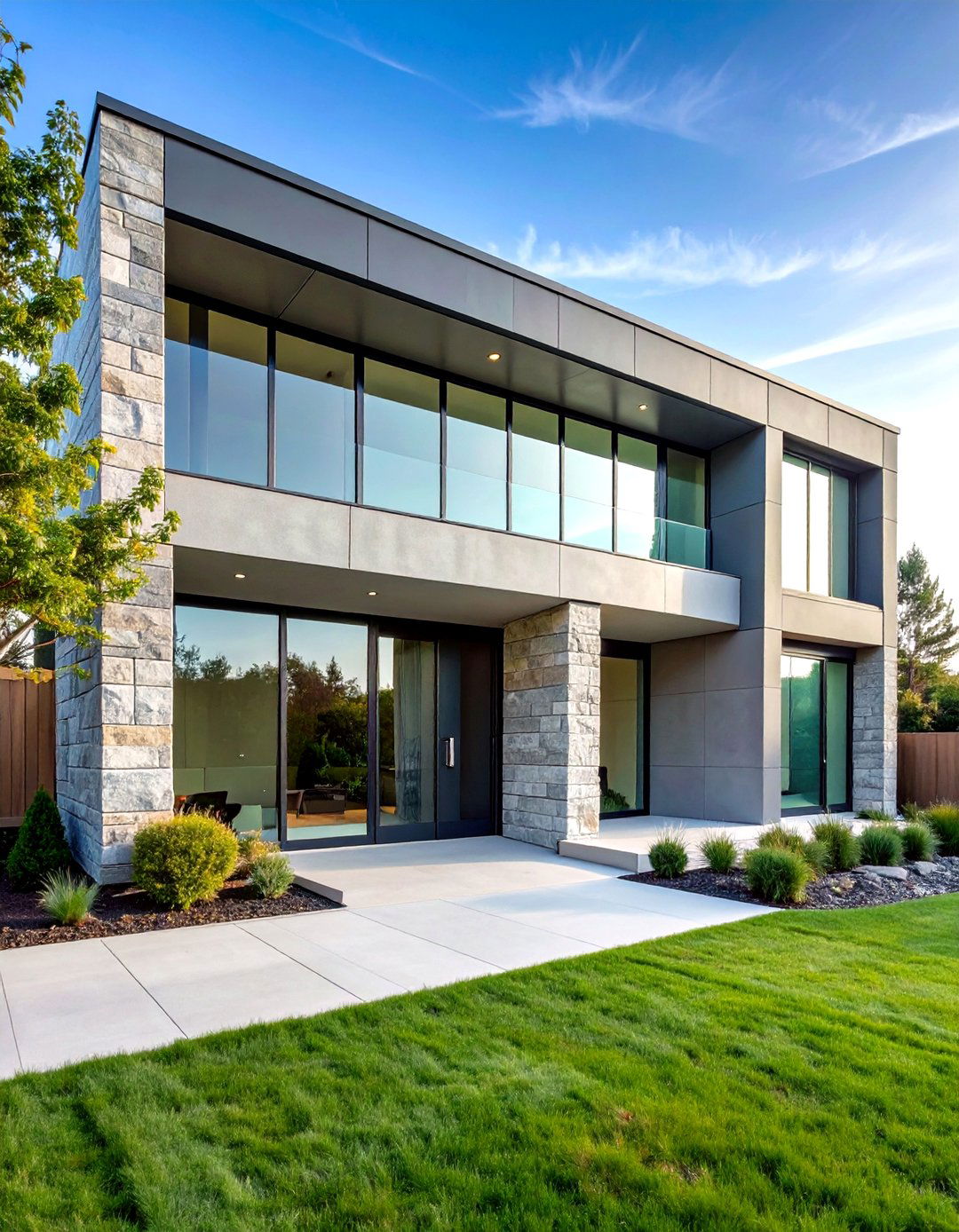
Modern minimalist stone veneer employs sleek, rectangular panels for a clean, linear aesthetic. By covering select accent walls rather than the entire facade, homeowners achieve visual interest without overwhelming simplicity. Neutral palettes—light grays, off-whites, or charcoal—complement contemporary glass and steel elements. The veneer panels install quickly with adhesive systems, making them ideal for both new builds and remodels. Low maintenance requirements and durable finishes ensure long-lasting elegance.
3. Mixed Material Stone and Wood Cladding
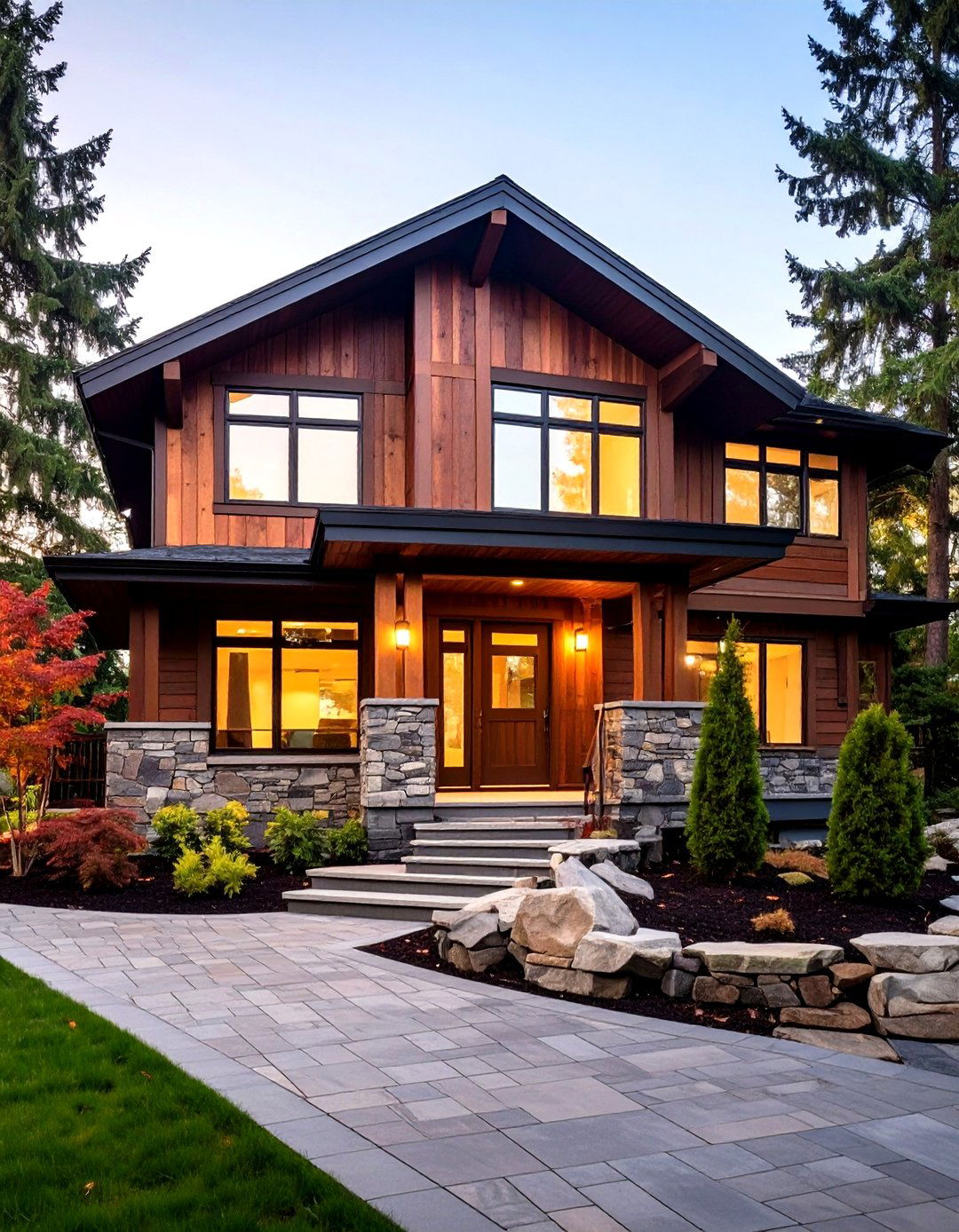
Combining stone with timber cladding creates a harmonious balance of warmth and solidity. Horizontal wood planks—often in cedar or reclaimed oak—contrast beautifully with stacked stone veneer. Alternating sections of each material can delineate functional zones, such as entryways or garage bays. This mix also highlights sustainable practices by using responsibly sourced timber alongside durable stone. The resulting facade feels both contemporary and inviting, appealing to modern eco-conscious homeowners.
4. Full-Height Stone Accent Wall
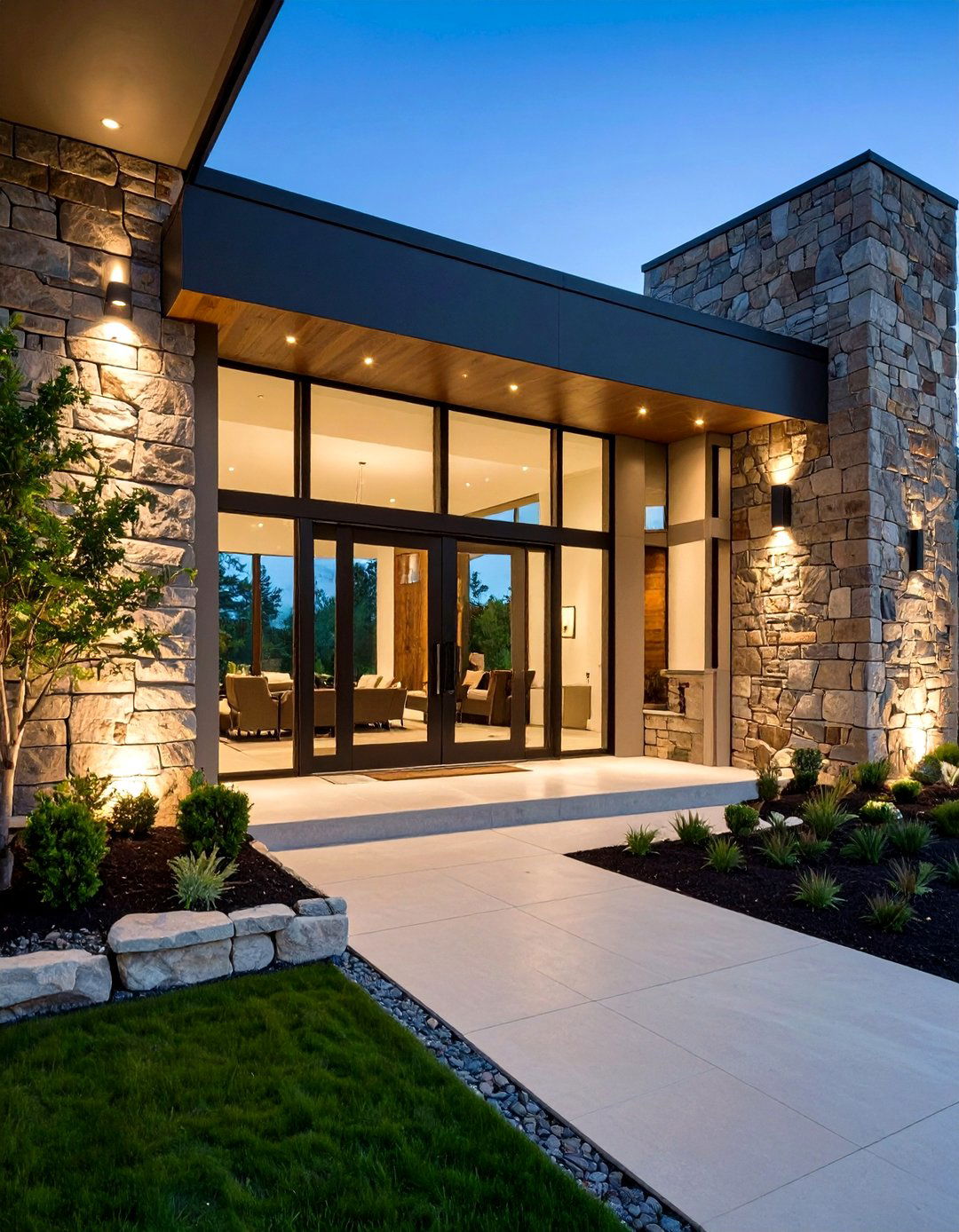
A full-height stone accent wall around an entry or garage provides a dramatic focal point. Floor-to-ceiling stone draws the eye upward, enhancing a home’s verticality and presence. Lighter stone hues brighten the facade and reflect sunlight, while darker stones add depth and contrast. Frameless glass doors set within the stone accent wall create seamless indoor-outdoor transitions. Strategic lighting further accentuates texture and shadow play after dark.
5. Stone Wainscoting at Entrance
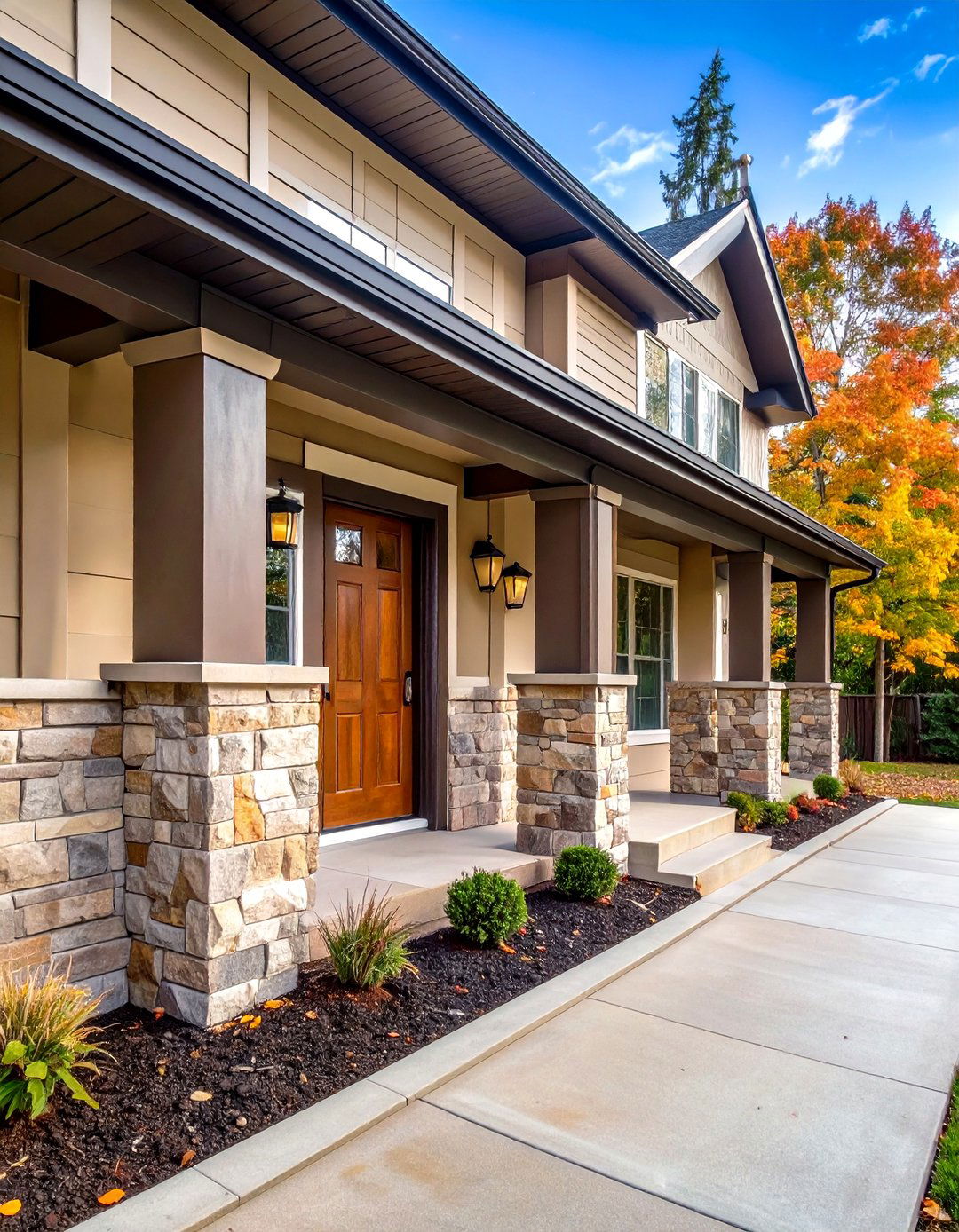
Stone wainscoting covers the lower portion of exterior walls, protecting against splash-back and wear. Typically installed to a height of three to five feet, this technique combines masonry durability with visual grounding. Paired with smooth render or siding above, wainscoting introduces a layered, sophisticated facade. The natural variation in stone color and shape prevents monotony, even when using uniform materials. This approach is especially effective in high-traffic entry zones where resilience is vital.
6. Cobblestone Cottage Exterior

Cobblestone cladding uses small, rounded stones reminiscent of riverbeds for a quaint, storybook look. Mortar is often raked to accentuate each stone’s unique silhouette and color gradation. This style pairs well with steeply pitched roofs and dormer windows, enhancing fairytale cottage vibes. Whitewashed finishes can lighten darker stones, offering a coastal cottage twist. Although labor-intensive, cobblestone exteriors exude unparalleled historic charm.
7. Limestone Stucco Blend
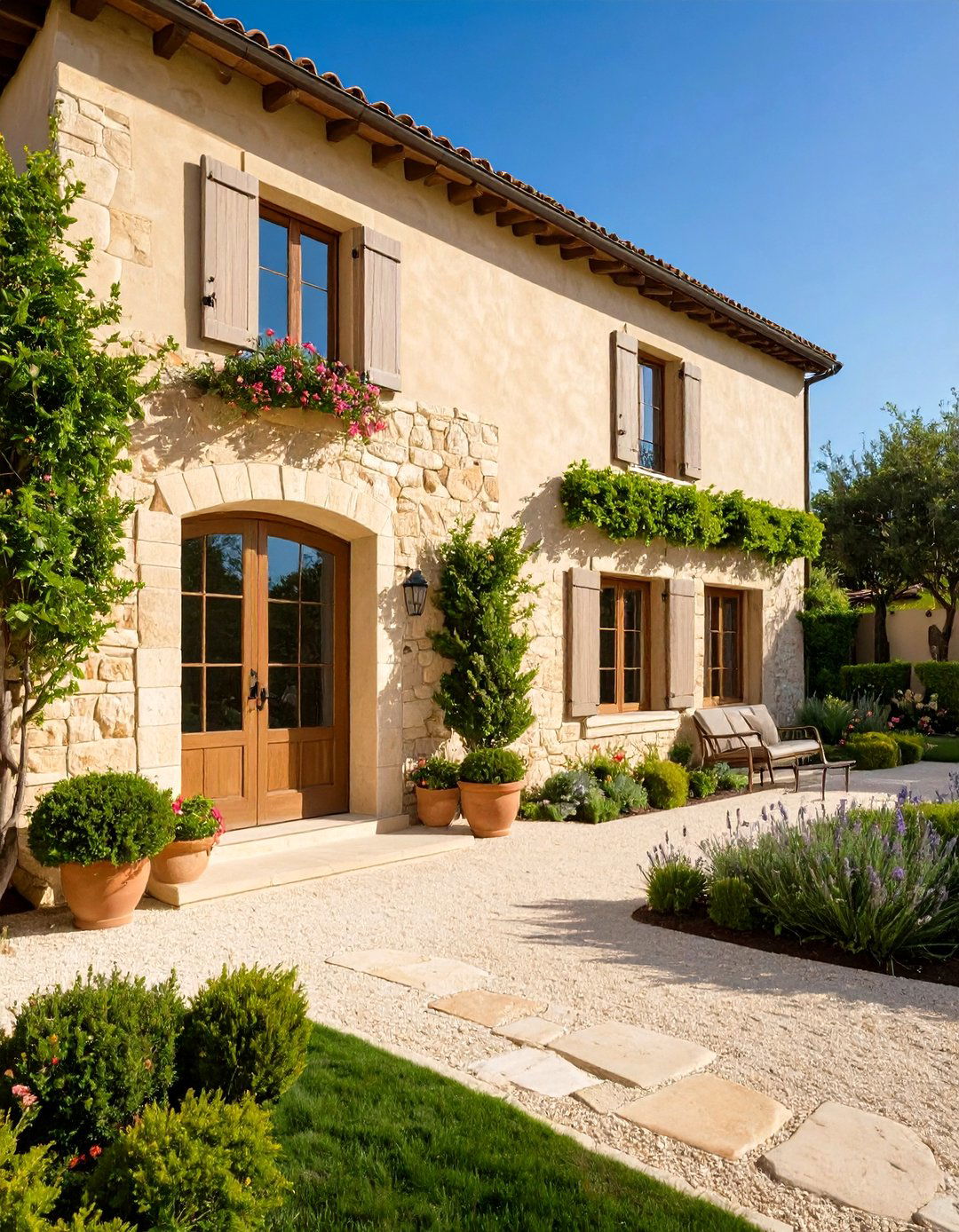
Limestone and stucco create a refined Mediterranean or French country aesthetic. Smooth stucco walls painted in warm cream or terracotta tones juxtapose naturally textured limestone accents. Limestone quoining around windows and doors adds permanence and elegance. Rooflines lined with wrought-iron balcony railings further enhance Old-World character. This combination thrives in sun-belt climates, where stucco’s breathability complements stone’s thermal mass.
8. Tumbled Stone for Mediterranean Look
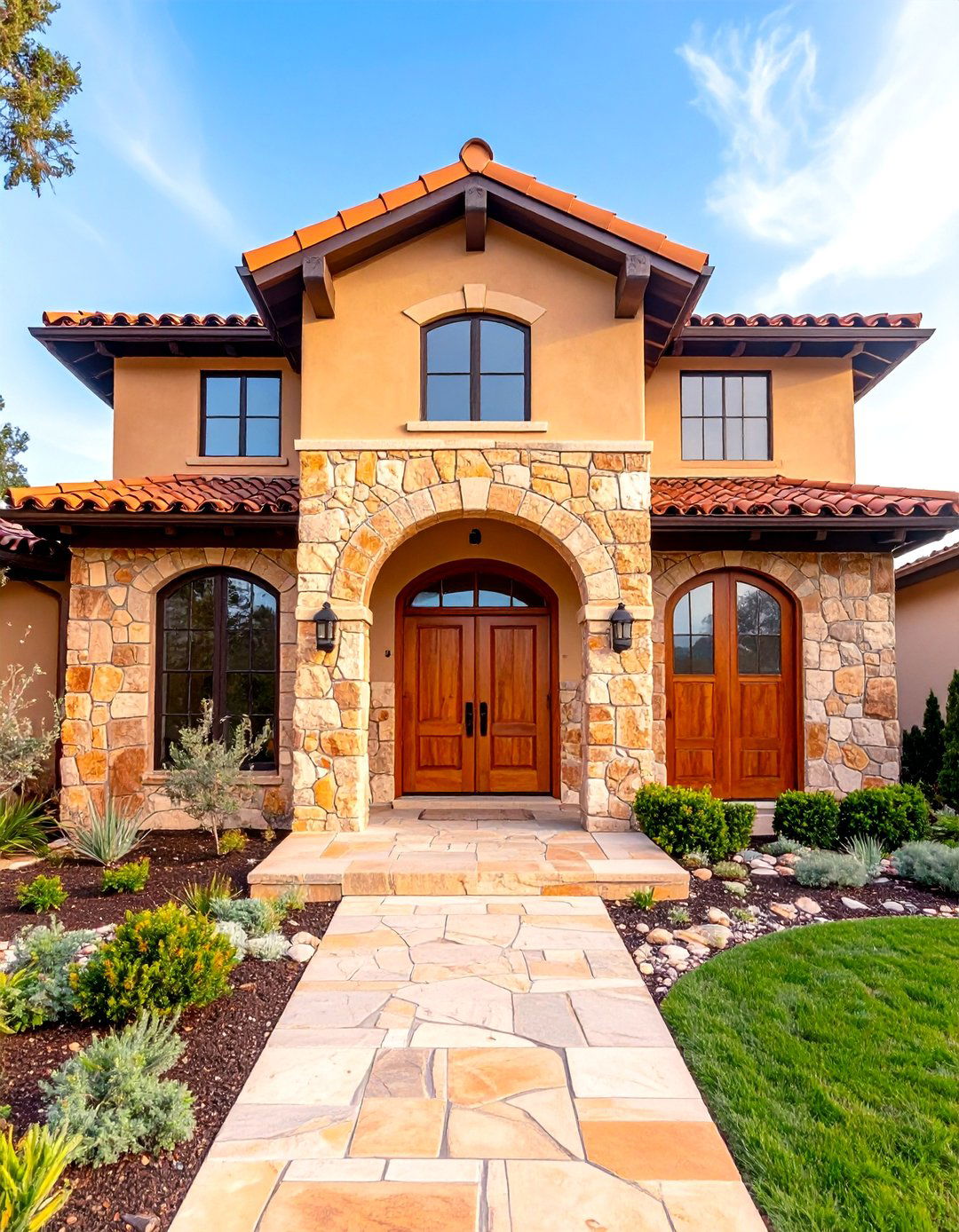
Tumbled stone is gently aged through tumbling, softening edges and revealing warm color variations. This finish evokes centuries-old villas and seaside retreats. Applied in ashlar or random patterns, tumbled stone facades glow under Mediterranean sunlight. Paired with arched doorways and terracotta roof tiles, the effect is authentically European. Sealers enhance color depth and protect the stone from salt air and moisture.
9. Granite Panels for Contemporary Homes

Granite panels offer sleek durability for minimalist and industrial designs. Polished or honed finishes emphasize natural veining and speckling. Large-format granite slabs reduce grout lines for a monolithic appearance. Complemented by steel framing and tinted glass, granite conveys urban sophistication. Though heavier and costlier, granite’s longevity and low maintenance justify the investment.
10. River Rock Accents
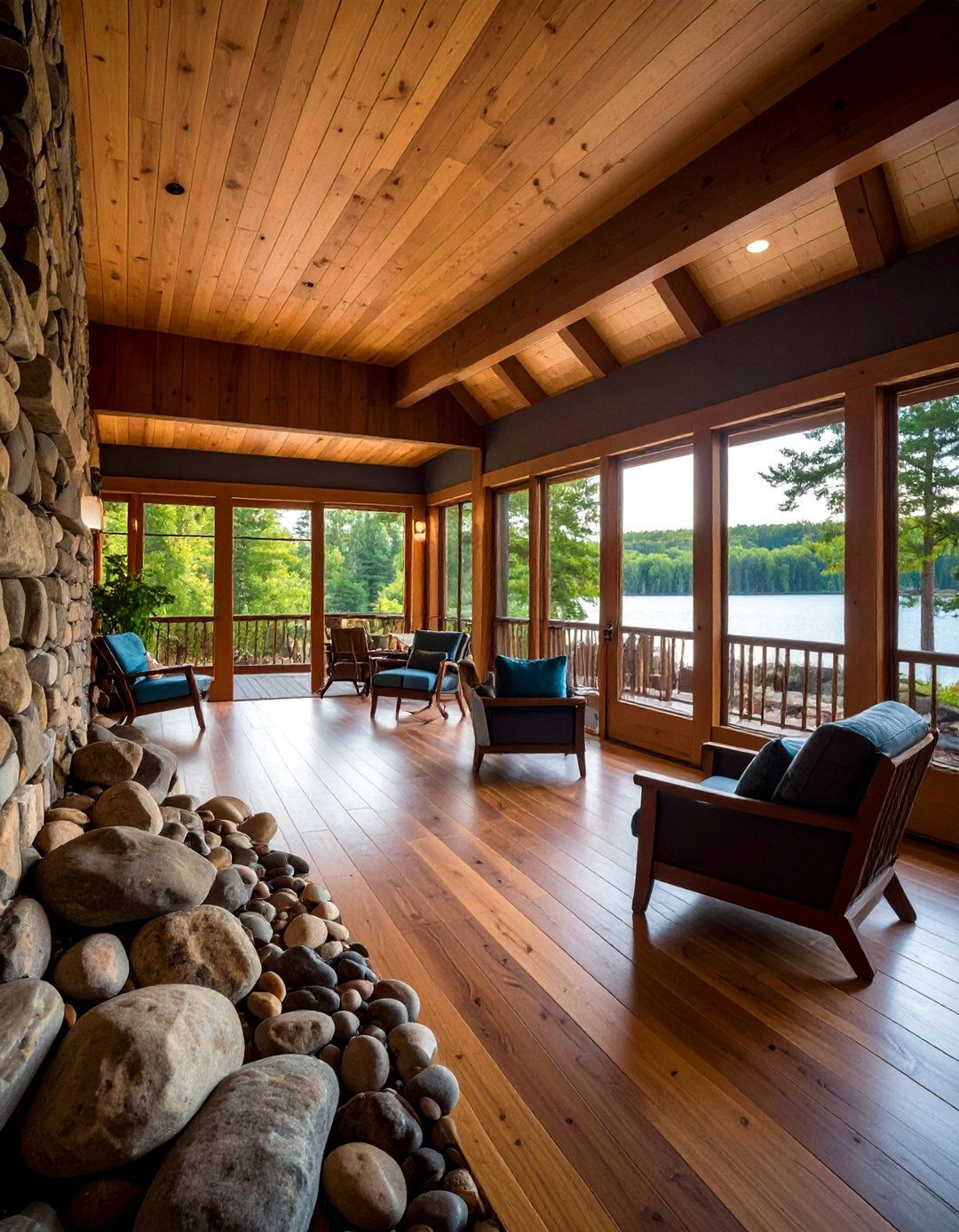
River rock uses smooth, rounded stones in varied sizes for informal, naturalistic exteriors. Often laid in random courses, river rock walls evoke woodland cottages and lakeside cabins. The stones’ water-worn patina ranges from soft grays to warm browns. This style complements lush landscaping and shaded façades. Clear sealers preserve the rock’s natural sheen and guard against moss growth.
11. Stone and Glass Hybrid Facade

Integrating large glass expanses with vertical stone piers creates dramatic light-filled interiors. Stone piers provide structural rhythm while glass walls maximize views and daylight. Framing details in matte black or dark bronze enhance contrast. Inside, the stone piers tie into hearths or feature walls for design continuity. This hybrid approach is popular in mountainous and waterfront properties.
12. Stone Pillars and Columns
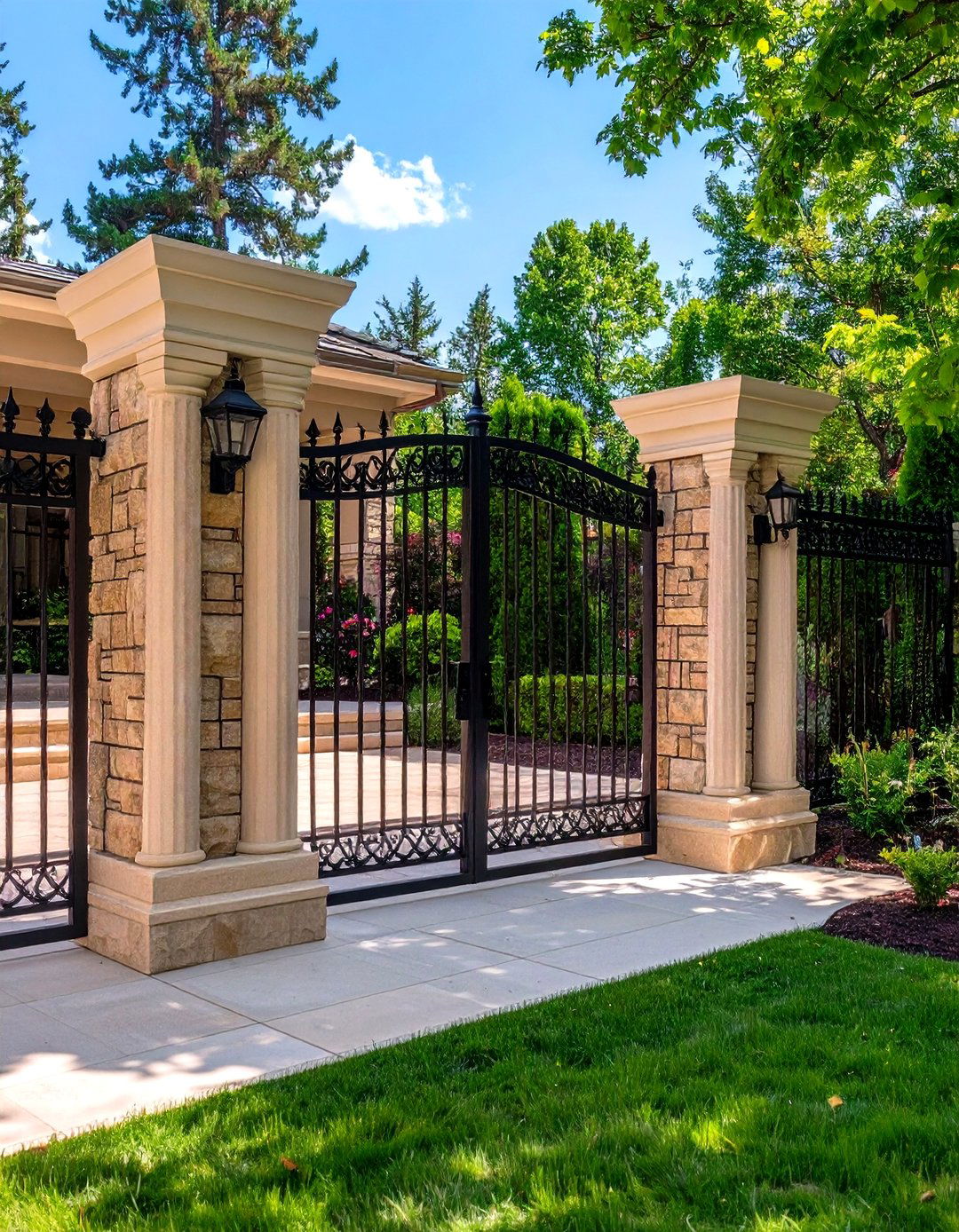
Standalone stone pillars at driveways or patios add formality and grandeur. Paired with wrought-iron gates or lanterns, they create stately entrances. At porches, stone columns support roof overhangs while framing outdoor living spaces. Fluted or squared profiles suit classical and modern designs alike. Light fixtures mounted on columns enhance evening ambiance.
13. Textured Landed Stone Walls
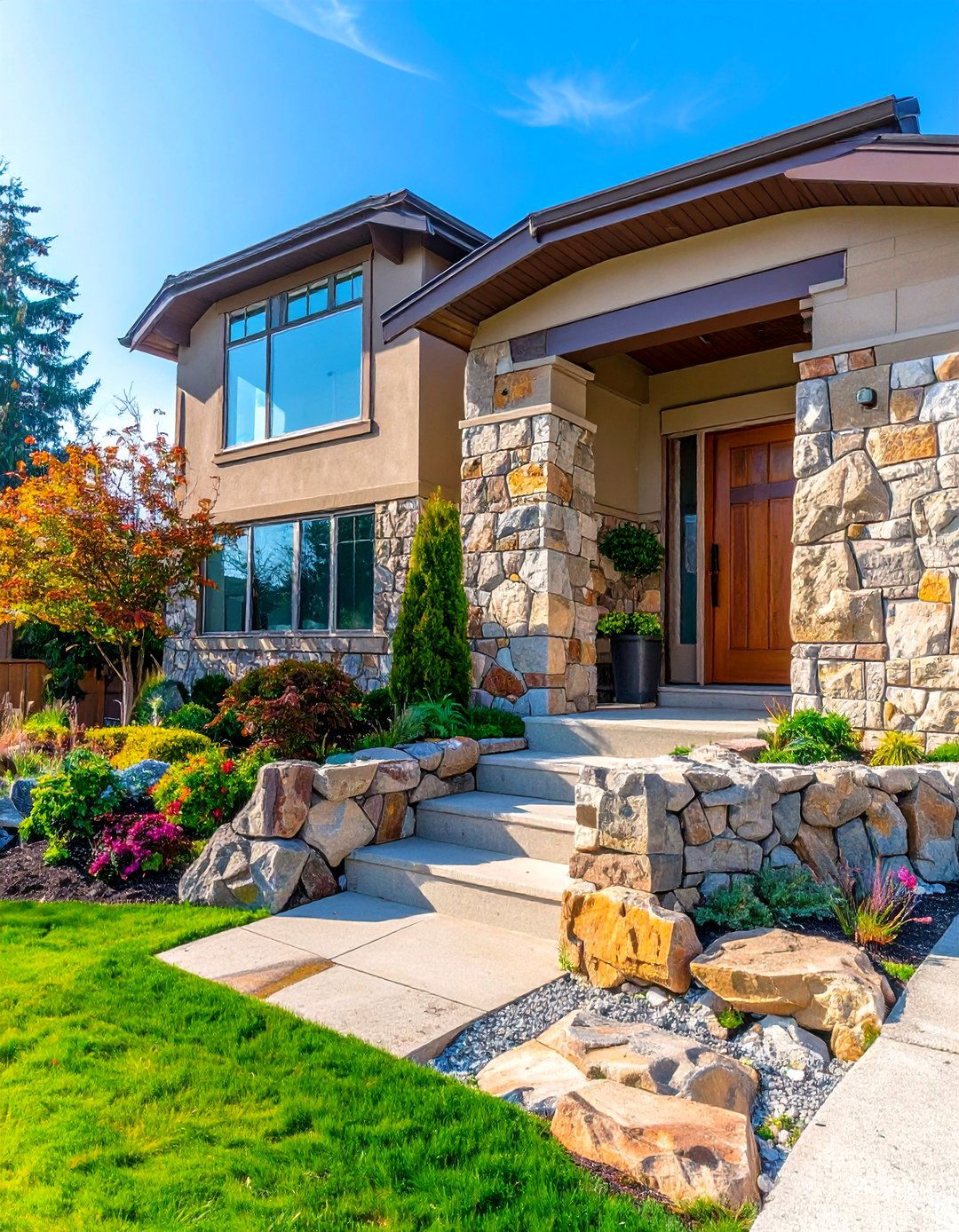
Landed stone features larger, uneven blocks, producing a bold, sculptural effect. Unlike veneer, landed stone installations require precise mortar joints to secure heavy units. This method underscores craftsmanship and permanence. It pairs well with flat, minimalist rooflines to balance mass and simplicity. Over time, natural weathering enhances the stone’s character.
14. Stone and Metal Roofing Combo

Stone façades topped with standing-seam metal roofs blend rustic solidity with sleek industrial form. The juxtaposition of stone’s organic texture against metal’s crisp lines creates dynamic contrast. Metal roofs offer longevity, recyclability, and low upkeep. Stone chimneys integrated into metal roof planes further unify materials. This combination excels in regions with heavy snowfall, shedding snow efficiently while protecting the stonework.
15. Stone Planter Boxes Integrated
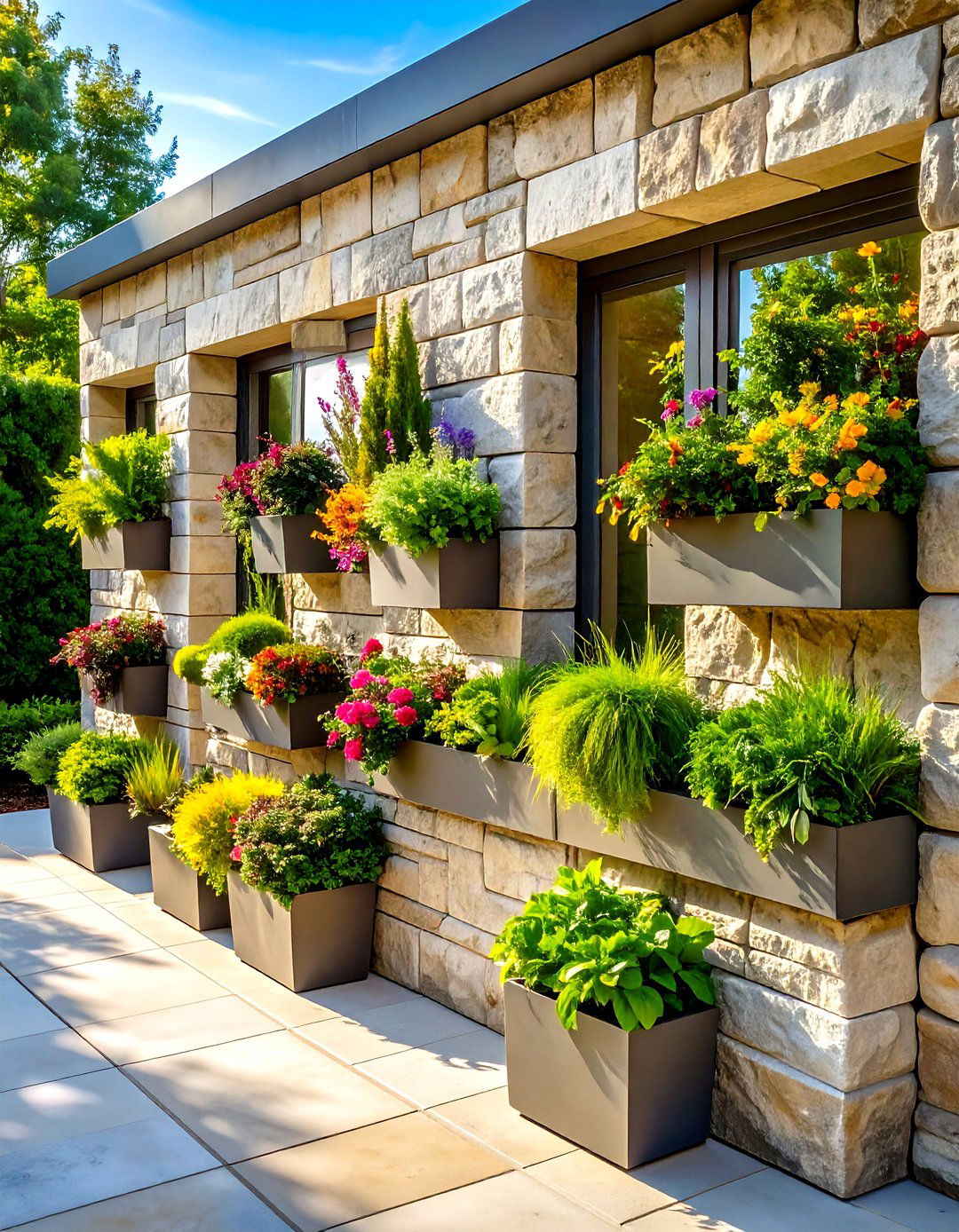
Built-in stone planter boxes at the base of exterior walls blur the line between architecture and landscape. Matching facade stone ensures a cohesive, custom-crafted look. Filled with greenery or succulents, these planters soften hard surfaces. Drainage systems hidden beneath stone protect against moisture damage. Seasonal plantings keep the facade fresh and vibrant year-round.
16. Stone Fireplace Outdoor Accent
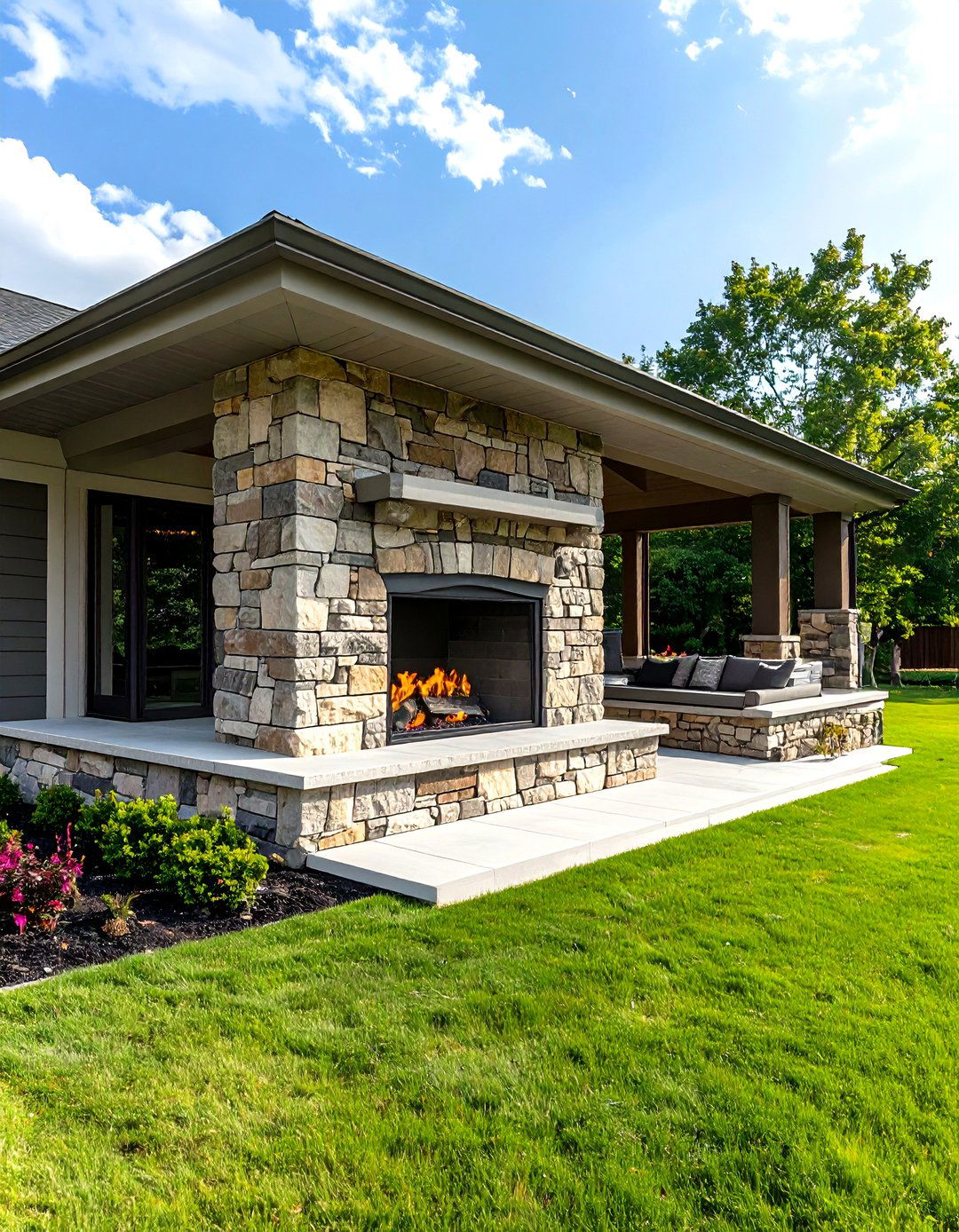
An outdoor stone fireplace becomes a focal point for patios and alfresco lounges. Floor-to-ceiling stone surrounds highlight the hearth as the heart of the space. Varied stone shapes and hues add texture and depth. Integrated seating ledges or hearth benches enhance usability. Weather-resistant sealers protect stone from smoke and moisture.
17. Stone Clad Garage Front
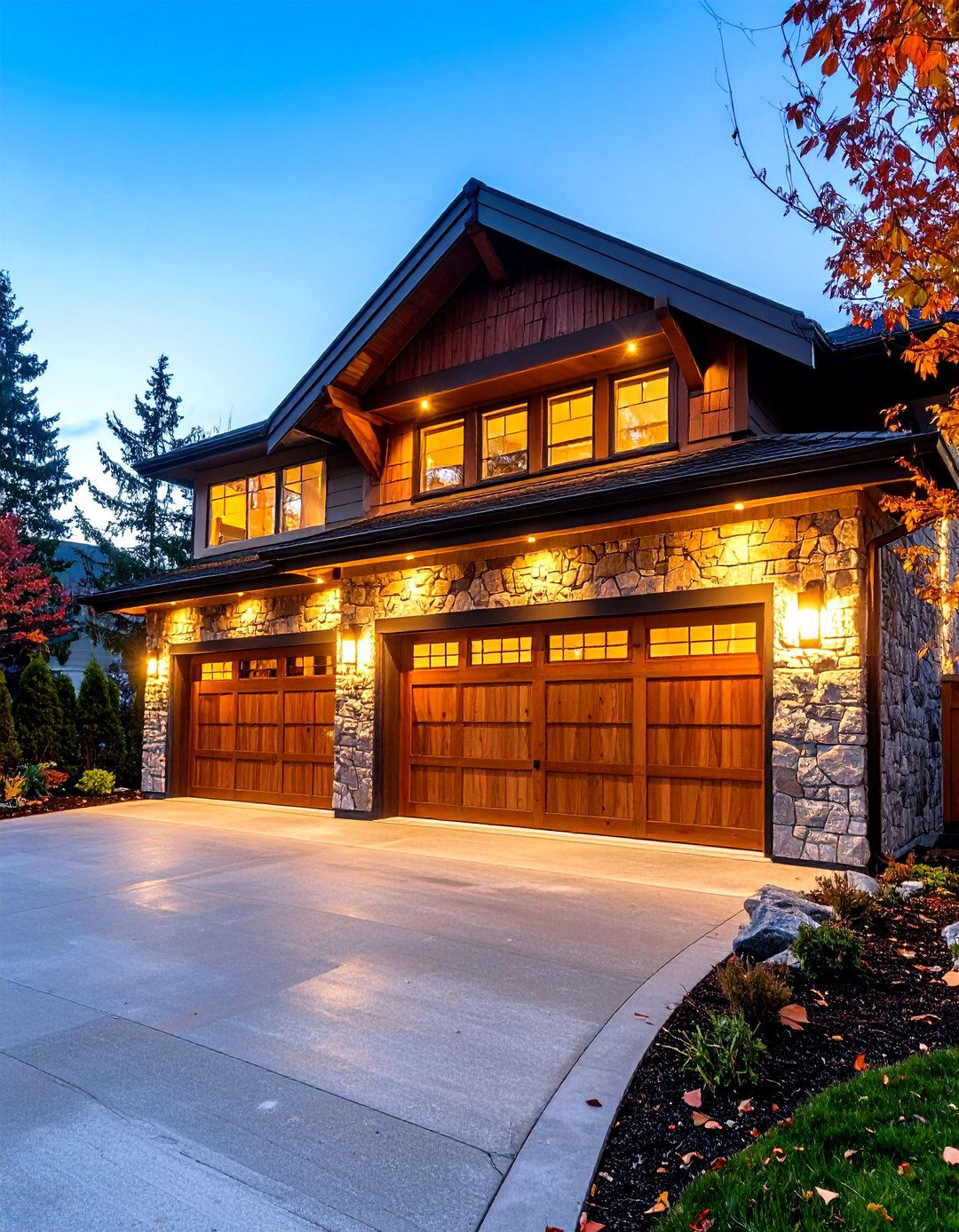
Covering garage doors—or the surrounding wall—with stone veneer elevates a utilitarian element into a design highlight. Stone-clad garages blend seamlessly with main facades for visual harmony. Contrasting materials (e.g., wood doors against stone) create focal interest. Strategic uplighting emphasizes texture at night. This treatment boosts curb appeal and perceived home value.
18. Stone Surround for Front Door
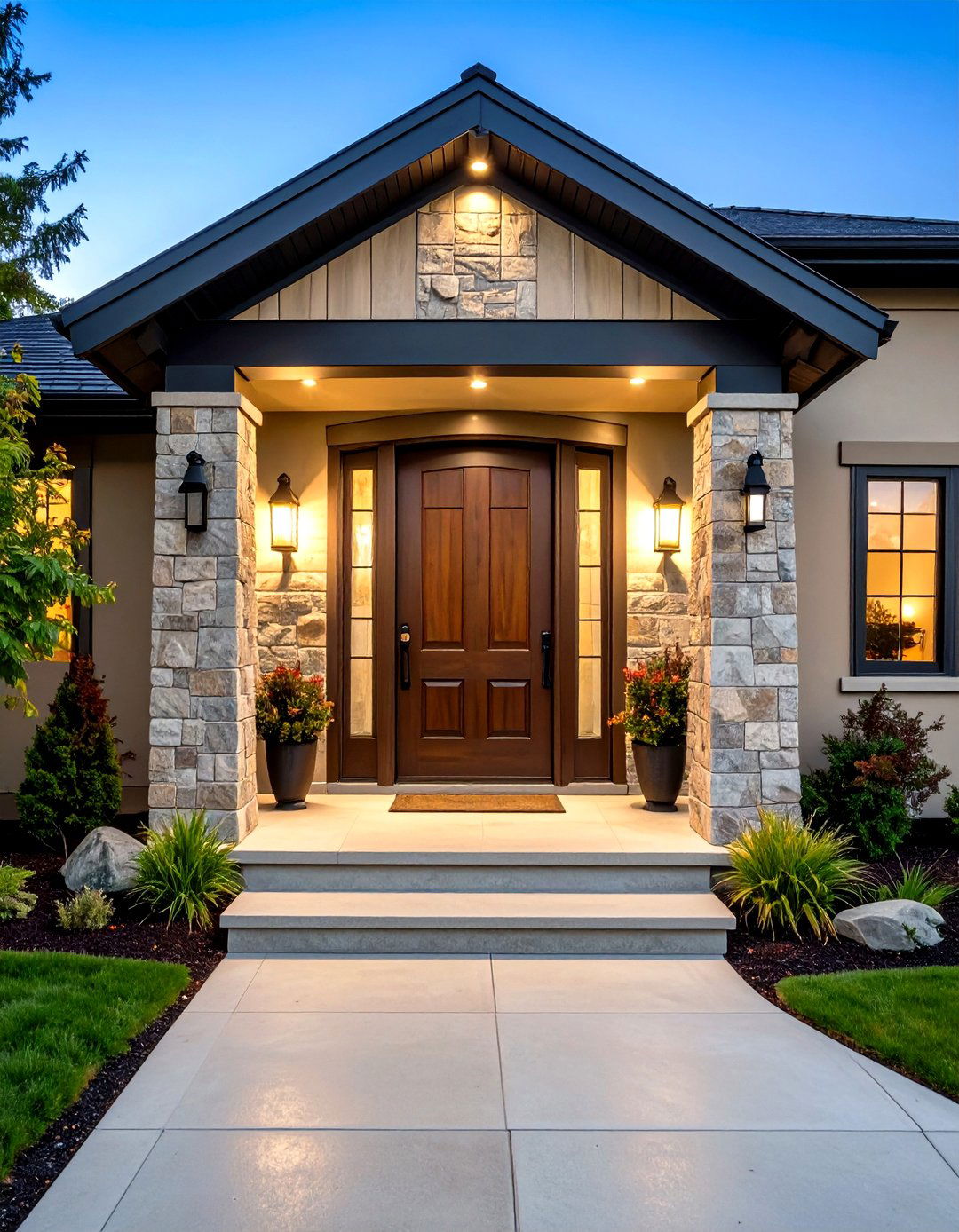
Framing a front door with stone lends a sense of permanence and welcome. Floor-to-ceiling jambs in matching or complementary stone strengthen the entry’s visual impact. Color-coordinated hardware and door finishes enhance unity. Light fixtures mounted directly to the stone surround spotlight the entry after dark. This approach works equally well with traditional and contemporary doors.
19. Dark Slate Exterior Cladding
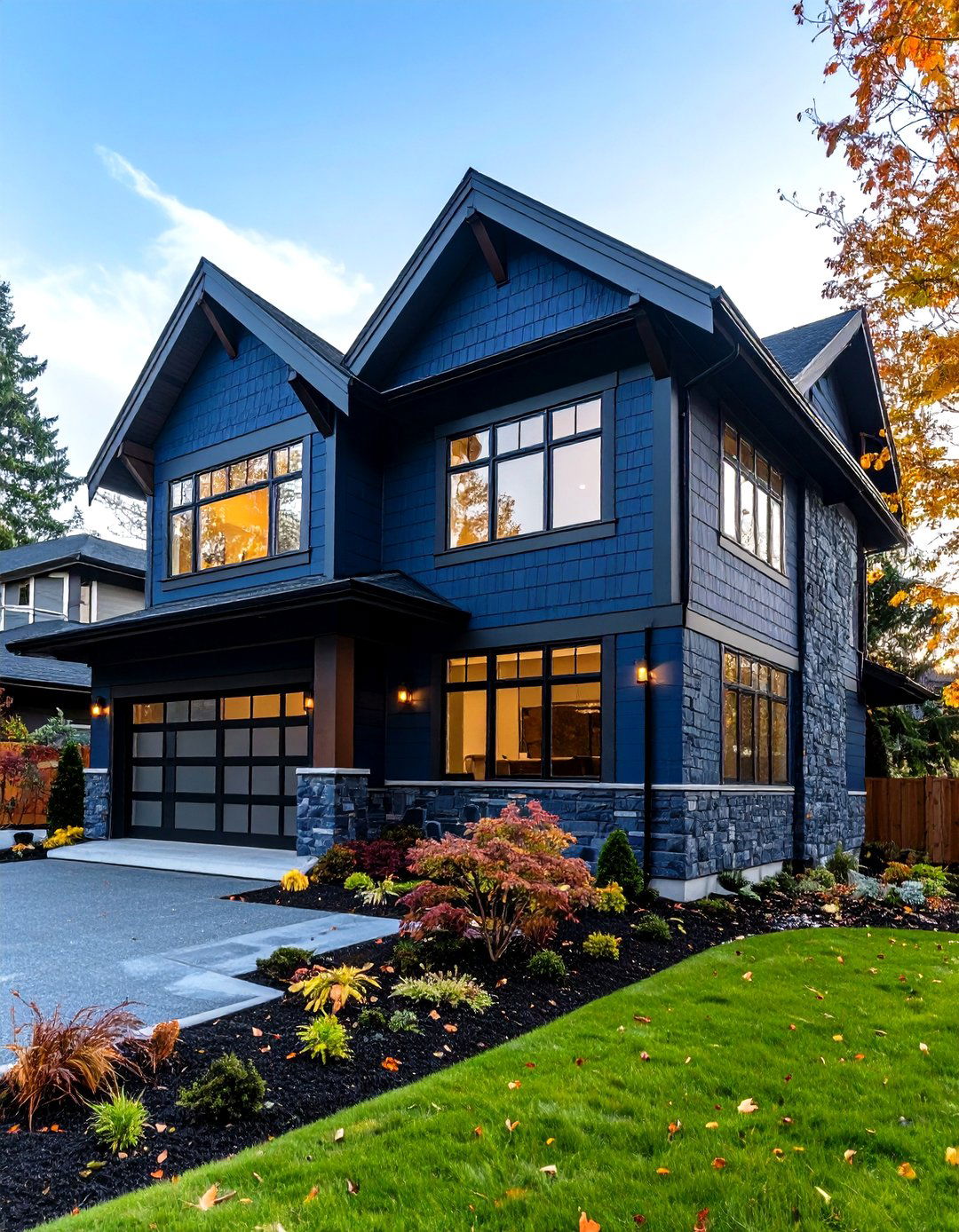
Slate panels in charcoal or deep blue tones create a moody, sophisticated facade. Slate’s fine grain and natural cleavage yield flat, uniform sheets. Combined with lighter trim and window frames, slate exteriors exude modern elegance. Its resistance to moisture and freeze-thaw cycles makes slate ideal in harsh climates. Although more expensive, slate’s longevity and low maintenance justify its premium.
20. Geometric Cut Stone Patterns
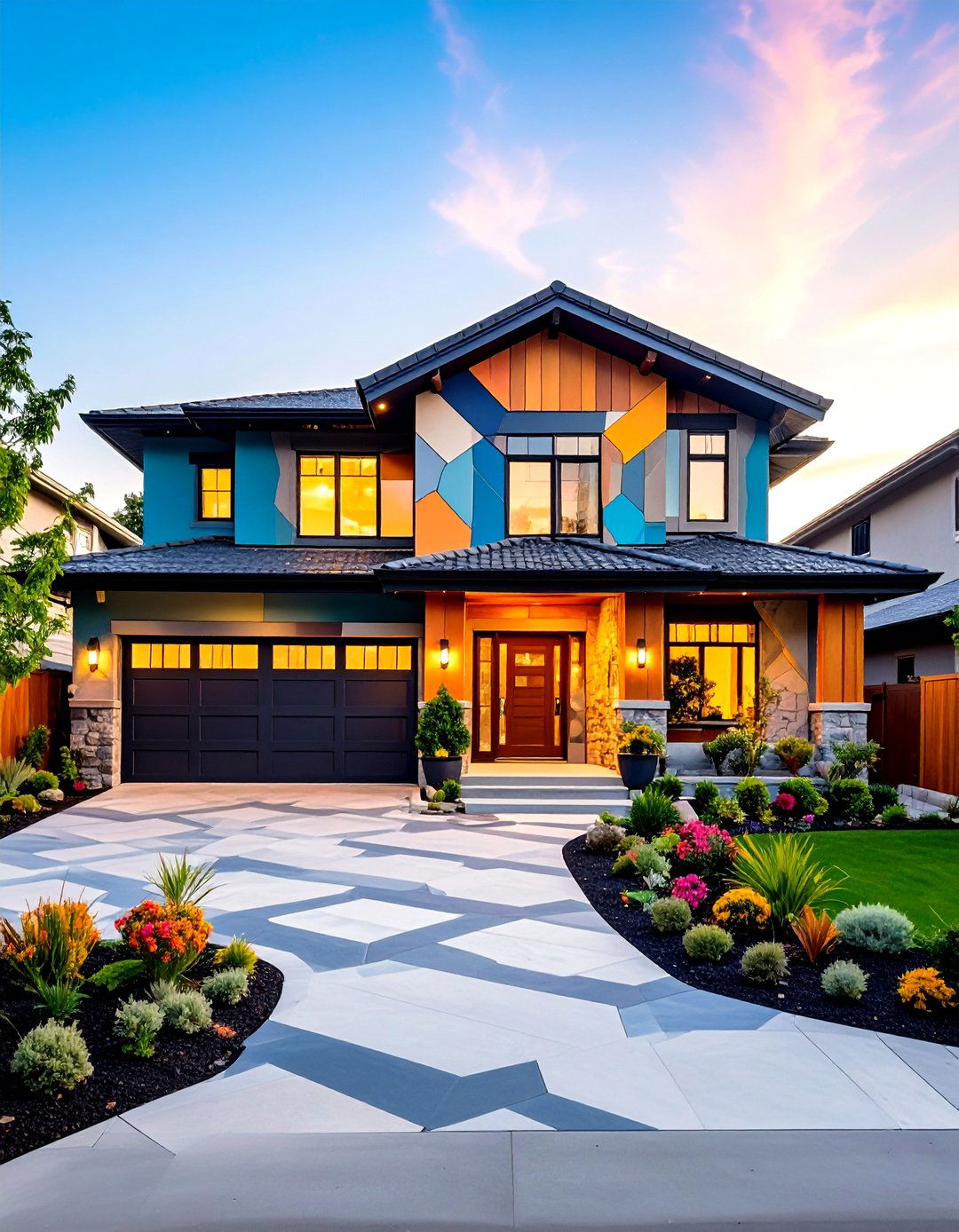
Precision-cut stones in geometric shapes—hexagons, diamonds, or chevrons—offer a bold, graphic exterior. Each stone’s edges align seamlessly, producing modern tessellations. Subtle color variations between units add depth without disrupting the pattern. This style pairs well with minimalist window frames and flat rooflines. While installation demands skilled masons, the result is a true architectural statement.
Conclusion:
Stone exteriors remain one of the most versatile and enduring design choices for homes, offering beauty, performance, and a connection to natural materials. By selecting the right stone type, finish, and installation method, homeowners can achieve anything from cozy cottage charm to sleek contemporary elegance. Integration with complementary materials—wood, glass, or metal—further enhances visual interest and functionality. Proper sealing, drainage, and lighting ensure long-term durability and highlight stone’s unique textures. Ultimately, thoughtful stone design elevates curb appeal and creates a timeless exterior that stands the test of time.


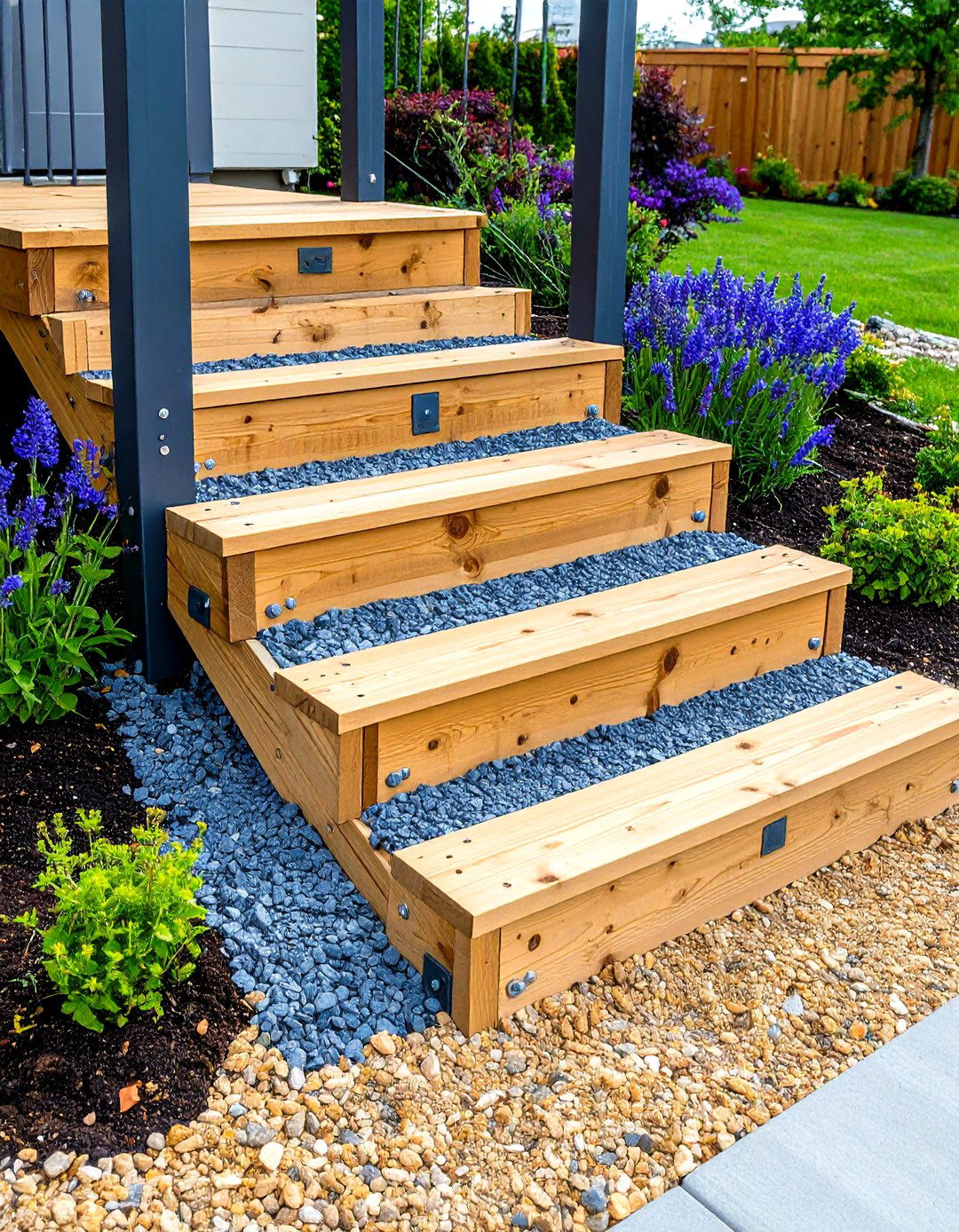
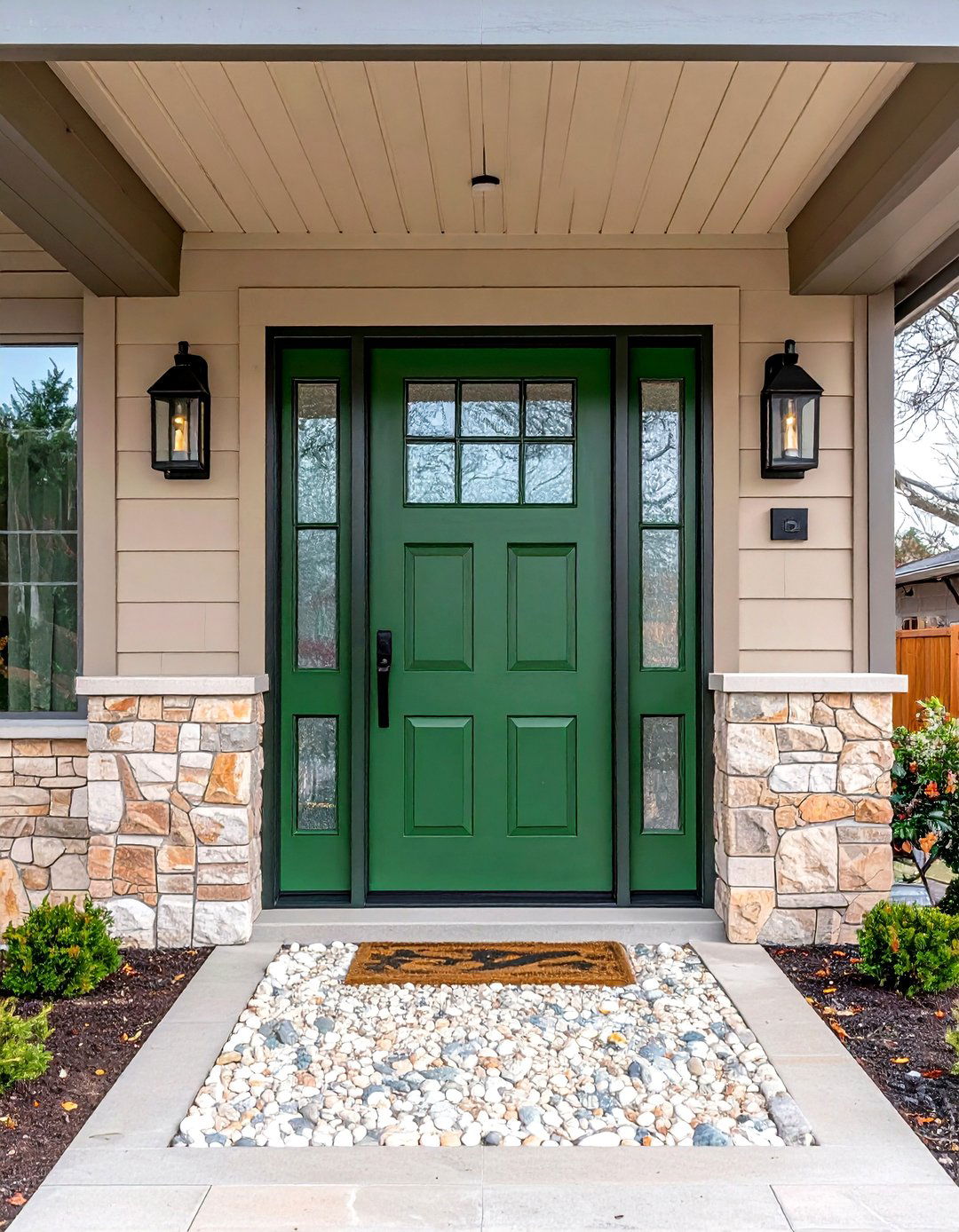
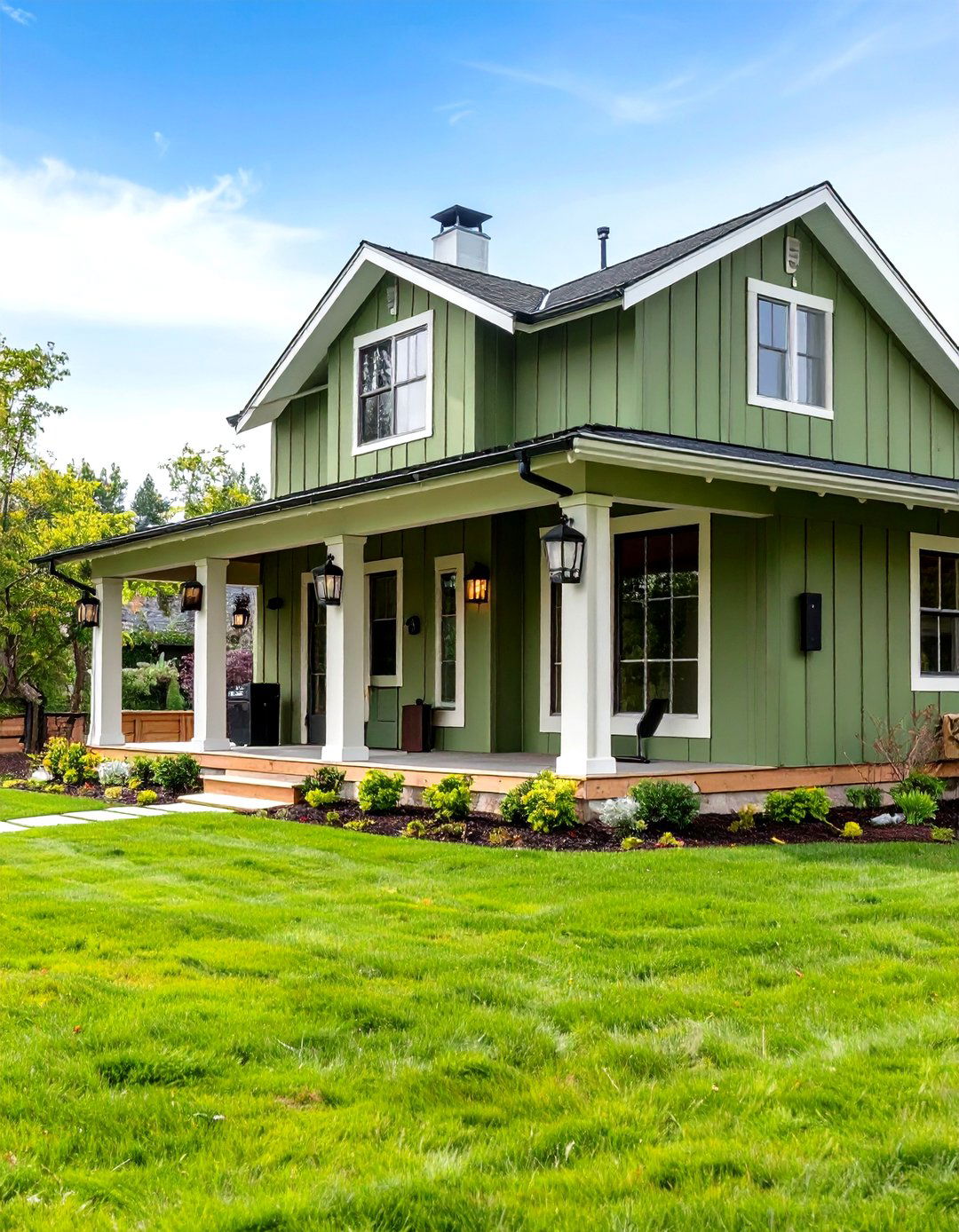
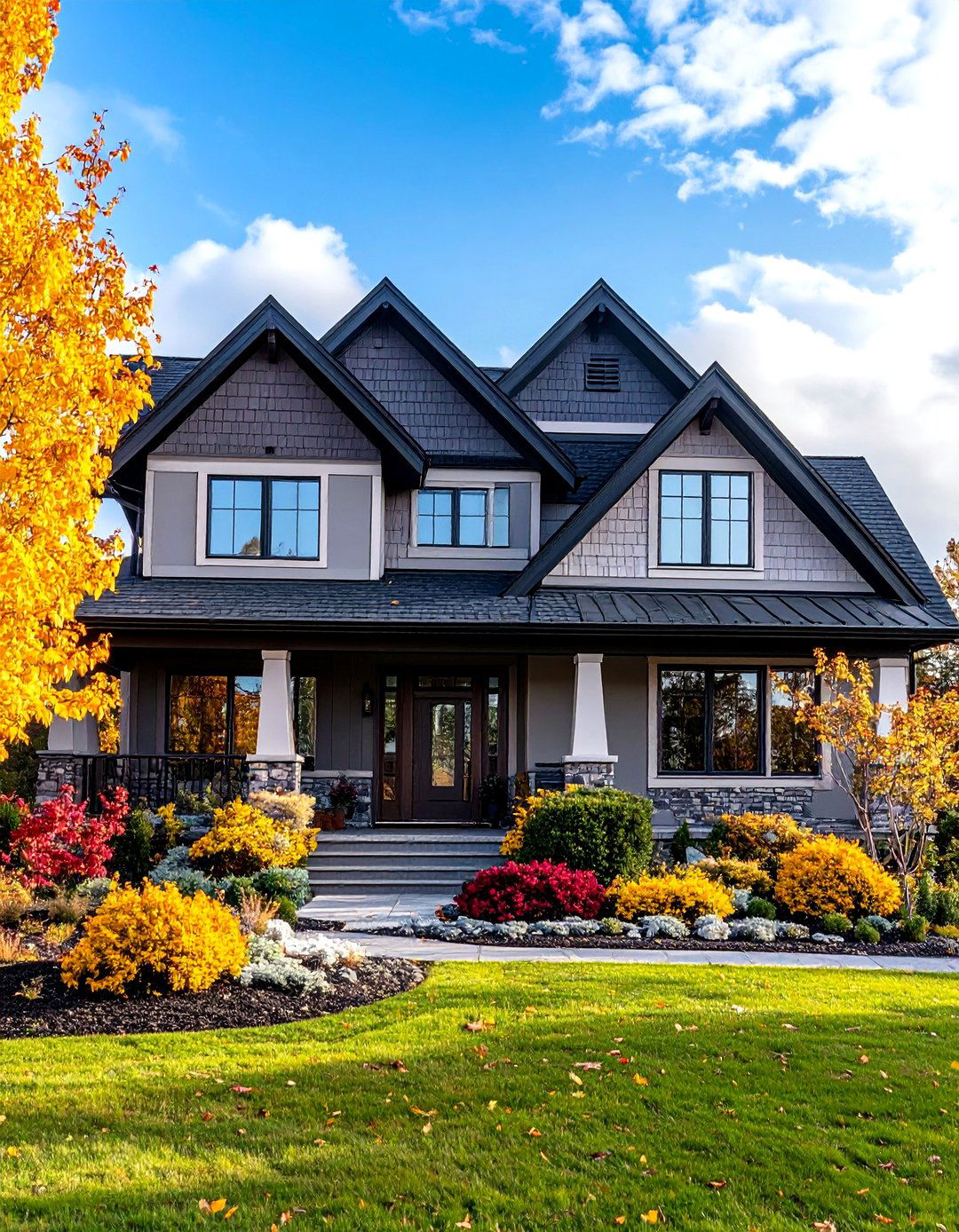
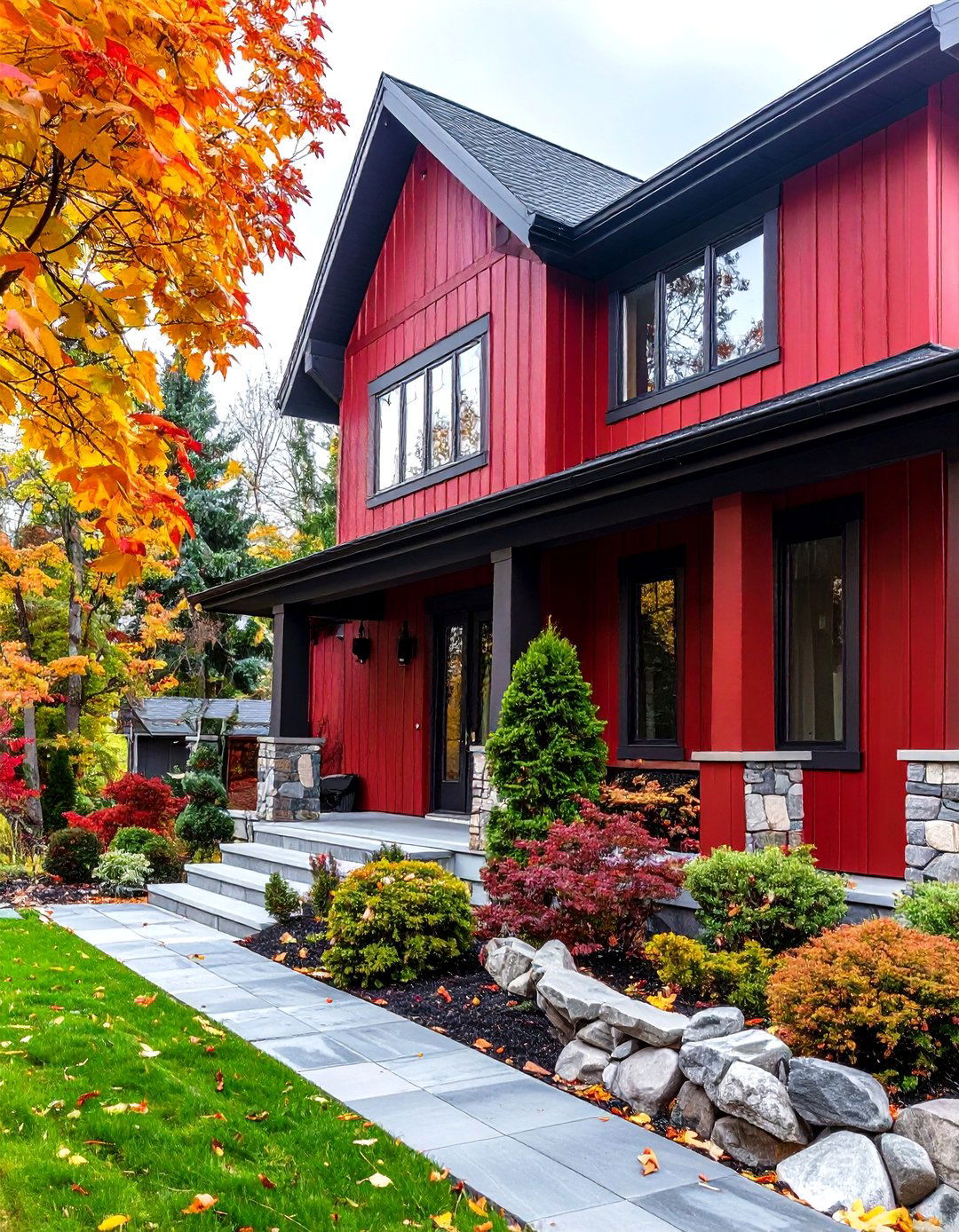
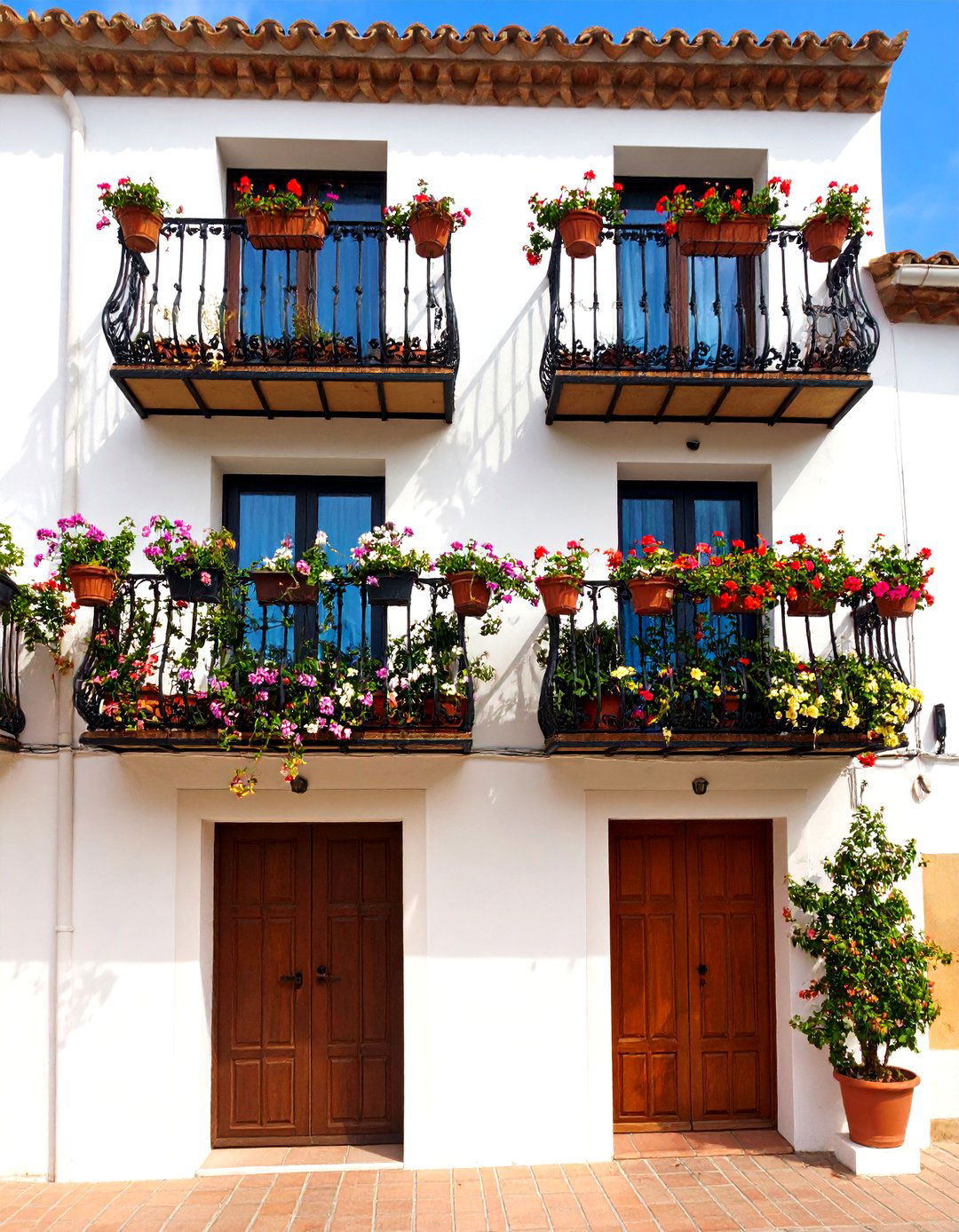

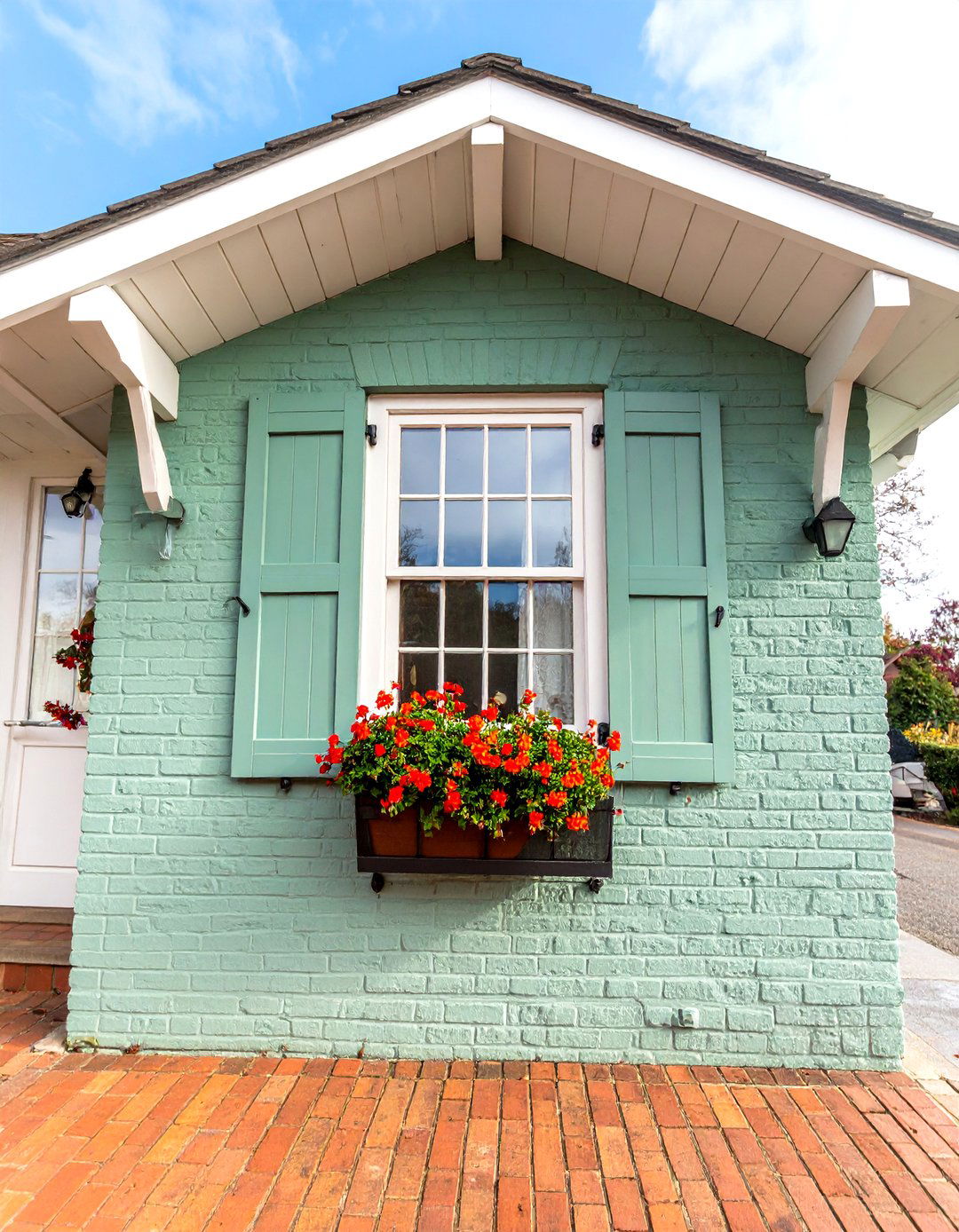

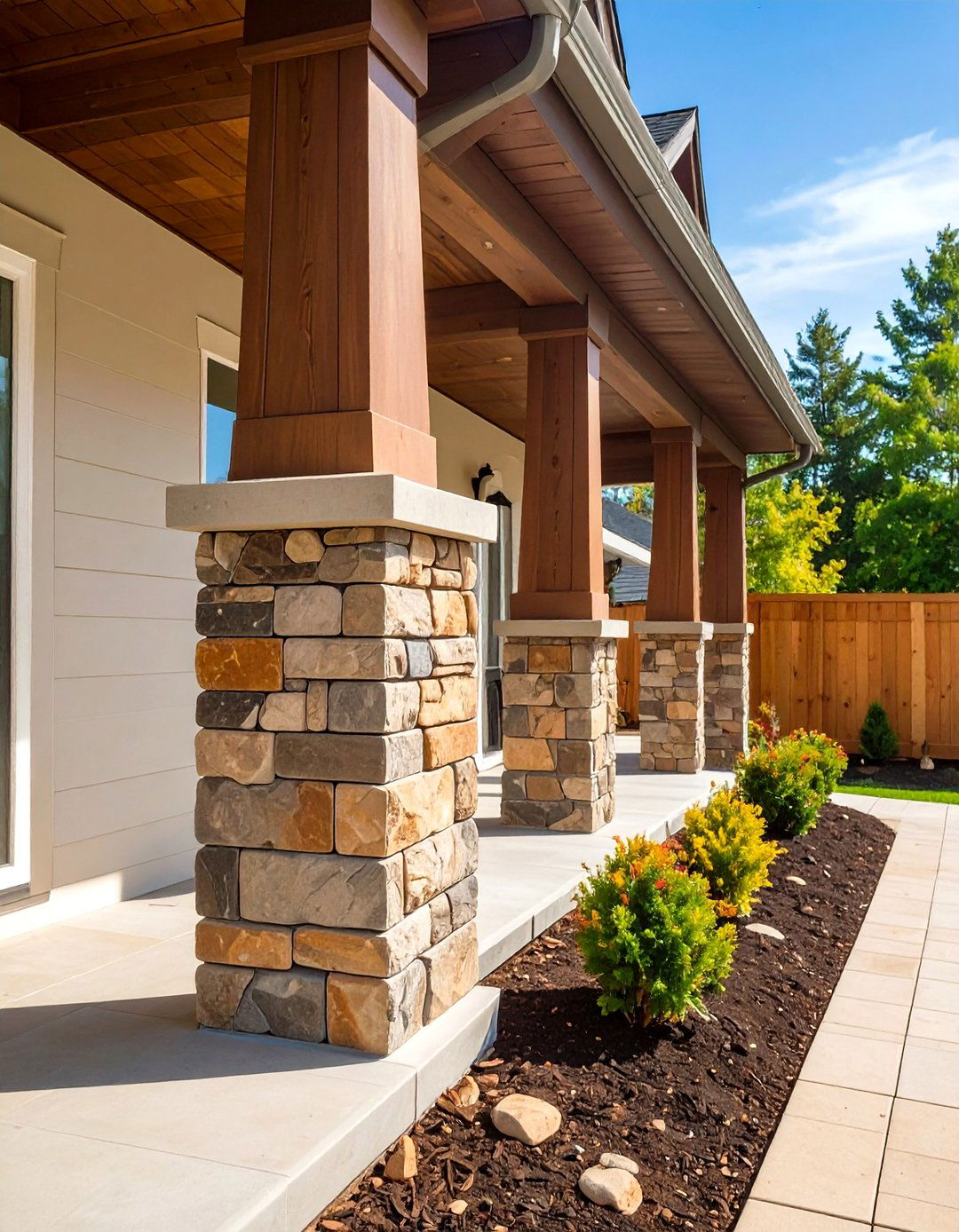
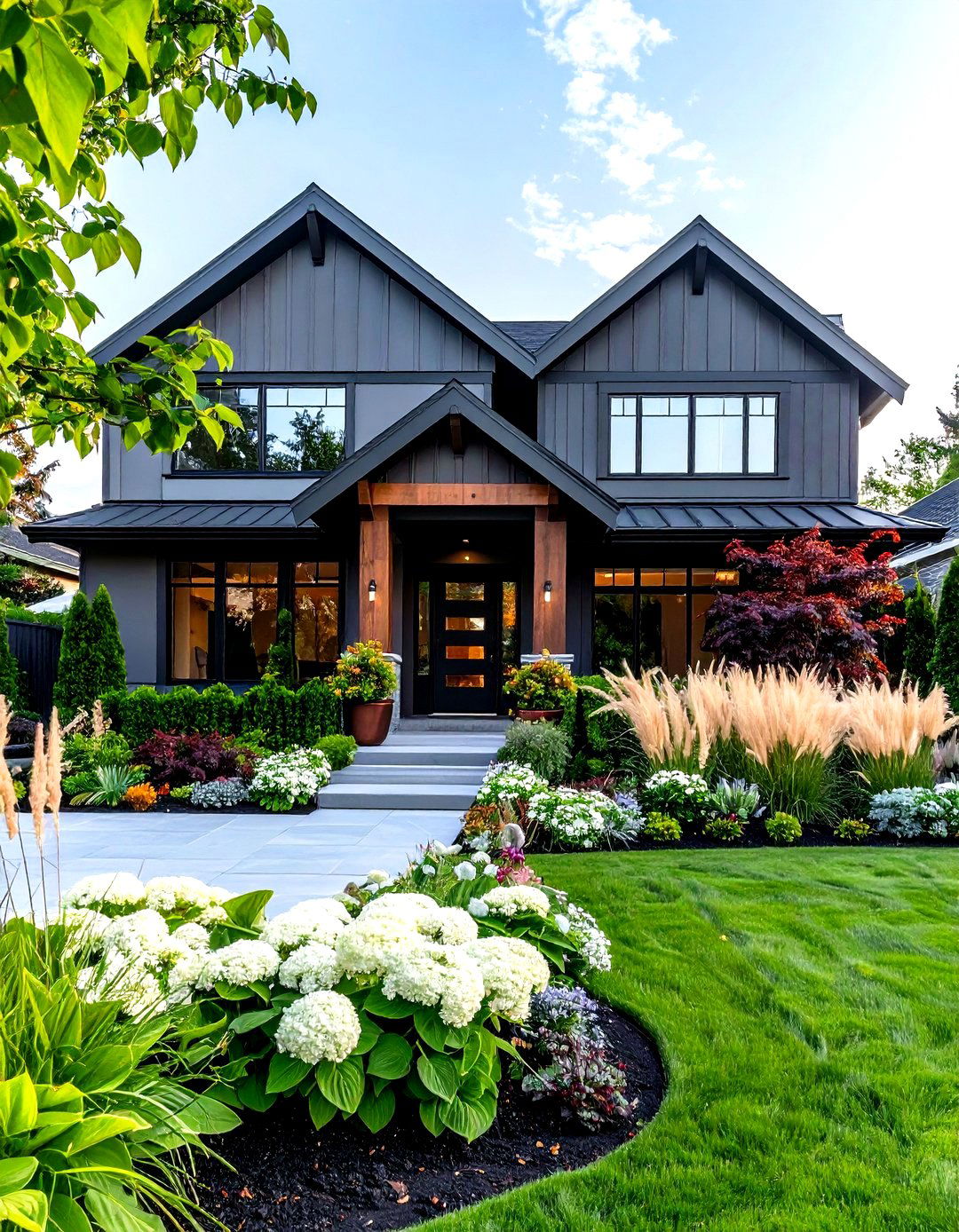
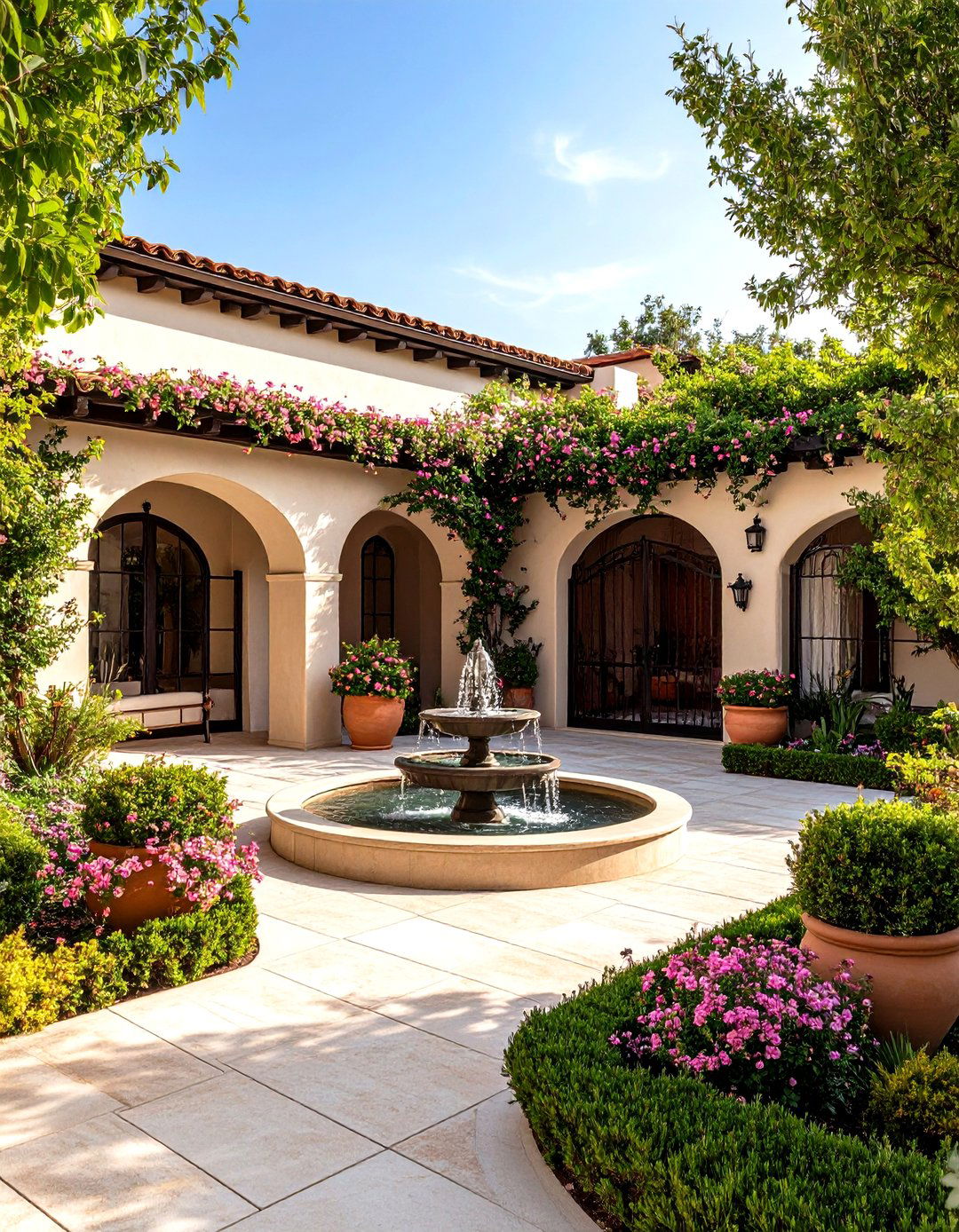


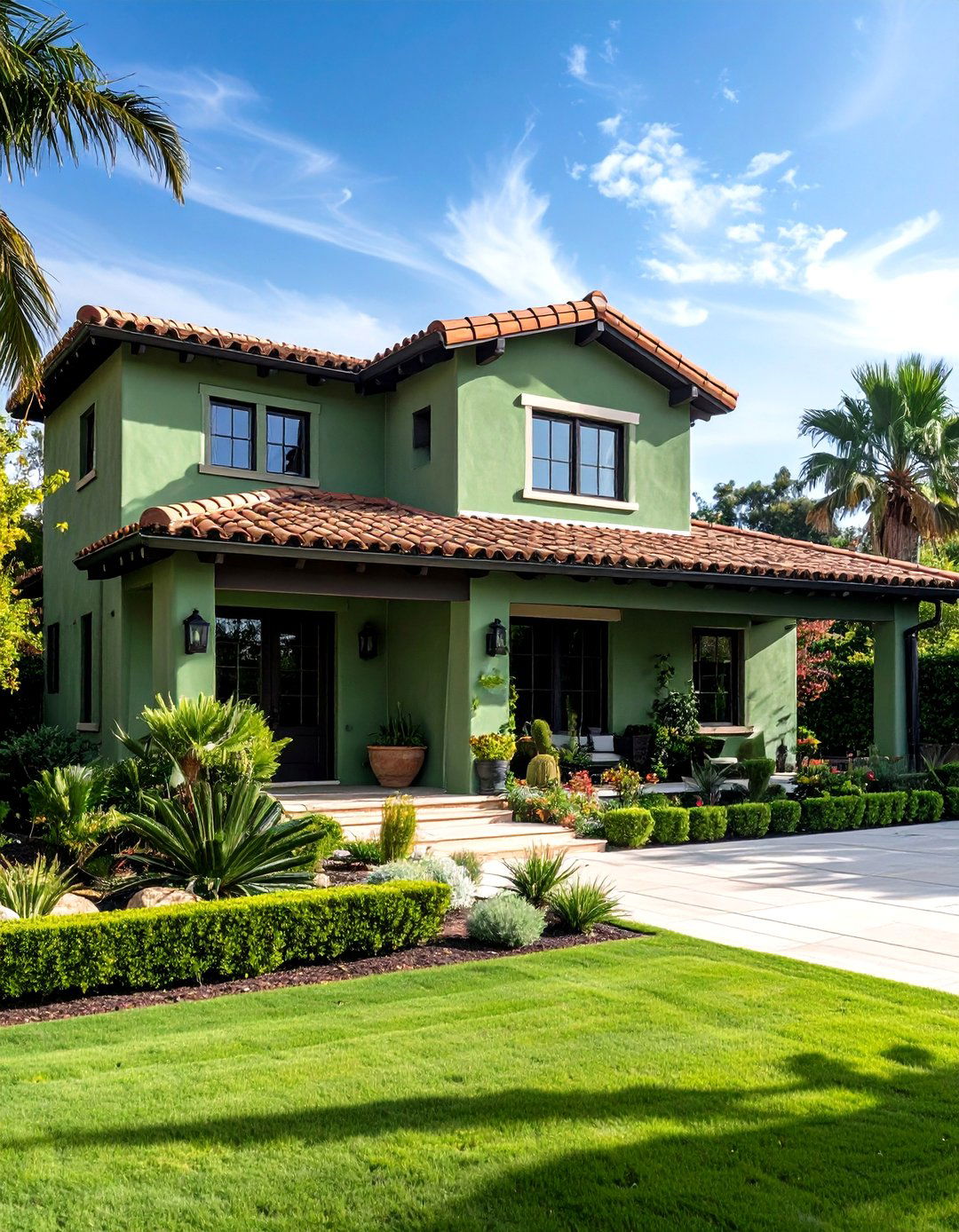
Leave a Reply